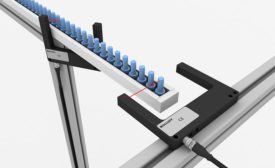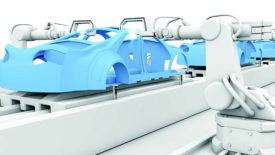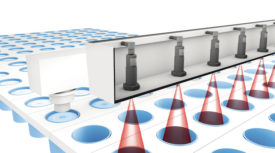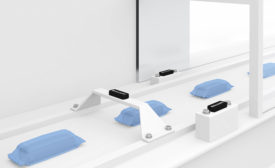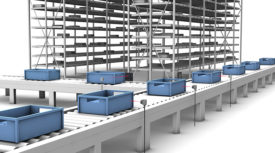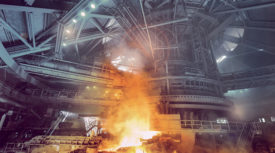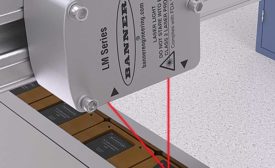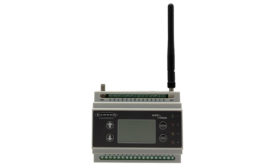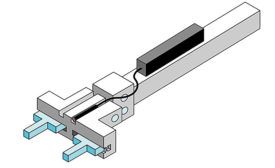Home » photoelectric sensor
Articles Tagged with ''photoelectric sensor''
sponsored content
Choosing a Contactless Sensor to Measure Objects at a Distance
December 7, 2022
sponsored content
Shedding Light on Different Types of Photoelectric Sensors
October 27, 2022
sponsored content
Balluff Photoelectric R81K Series Delivers Reliable Detection Up to 20m
Bullnose Sensors Available in Retroreflective, Diffuse, Background Suppression and Through-Beam Styles
June 16, 2022
Laser Sensors and Automated Assembly
Very accurate and super fast, these noncontact sensors are ideal for various measurement, inspection and defect-detection applications
June 6, 2019
What’s New With Sensors
New technology is helping to make sensors smaller, more robust and easier to integrate.
June 3, 2016
Never miss the latest news and trends driving the manufacturing industry
Stay in the know on the latest assembly trends.
JOIN TODAY!Copyright ©2025. All Rights Reserved BNP Media.
Design, CMS, Hosting & Web Development :: ePublishing
